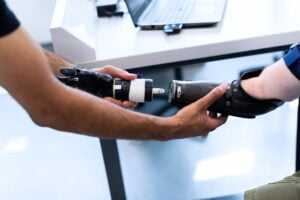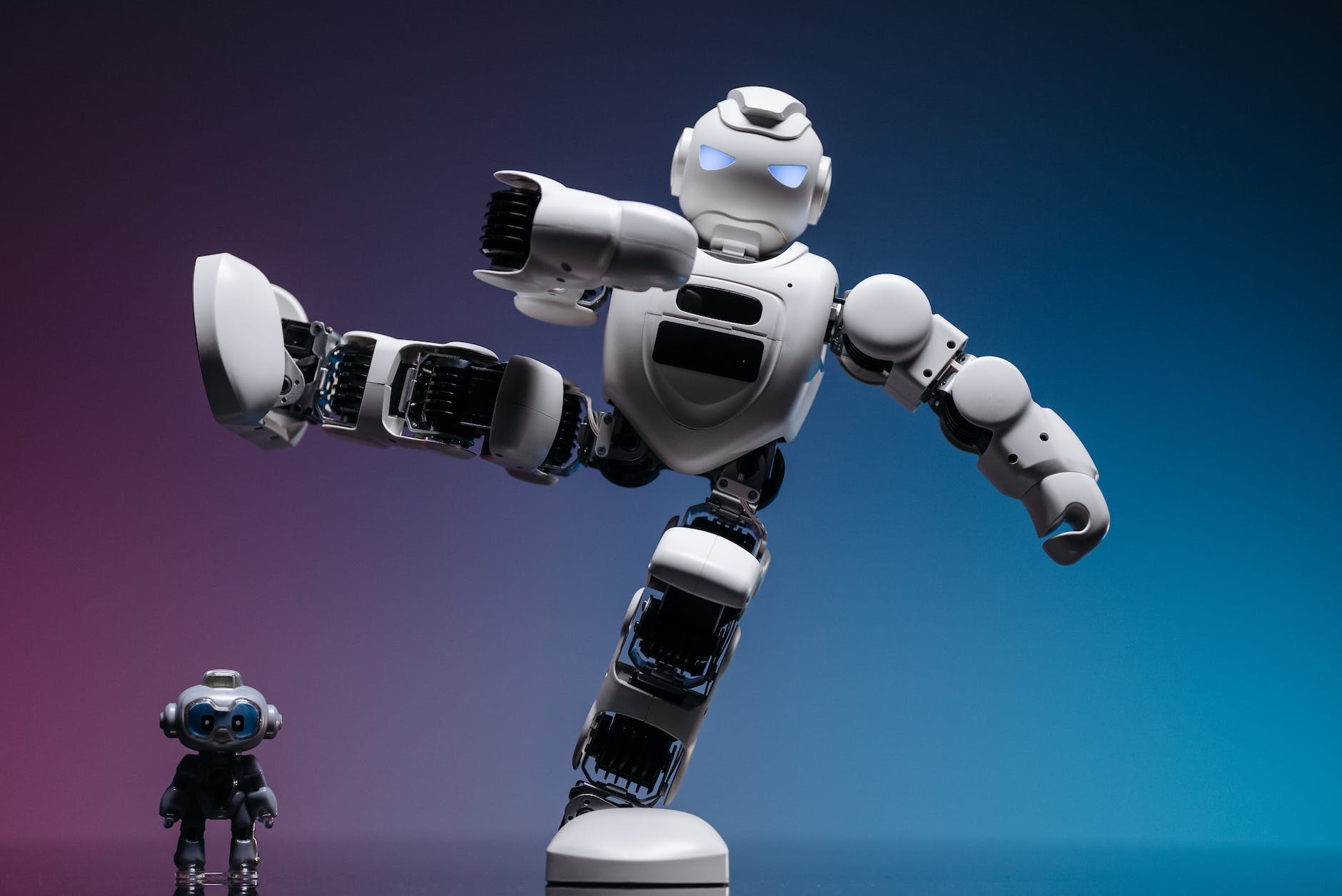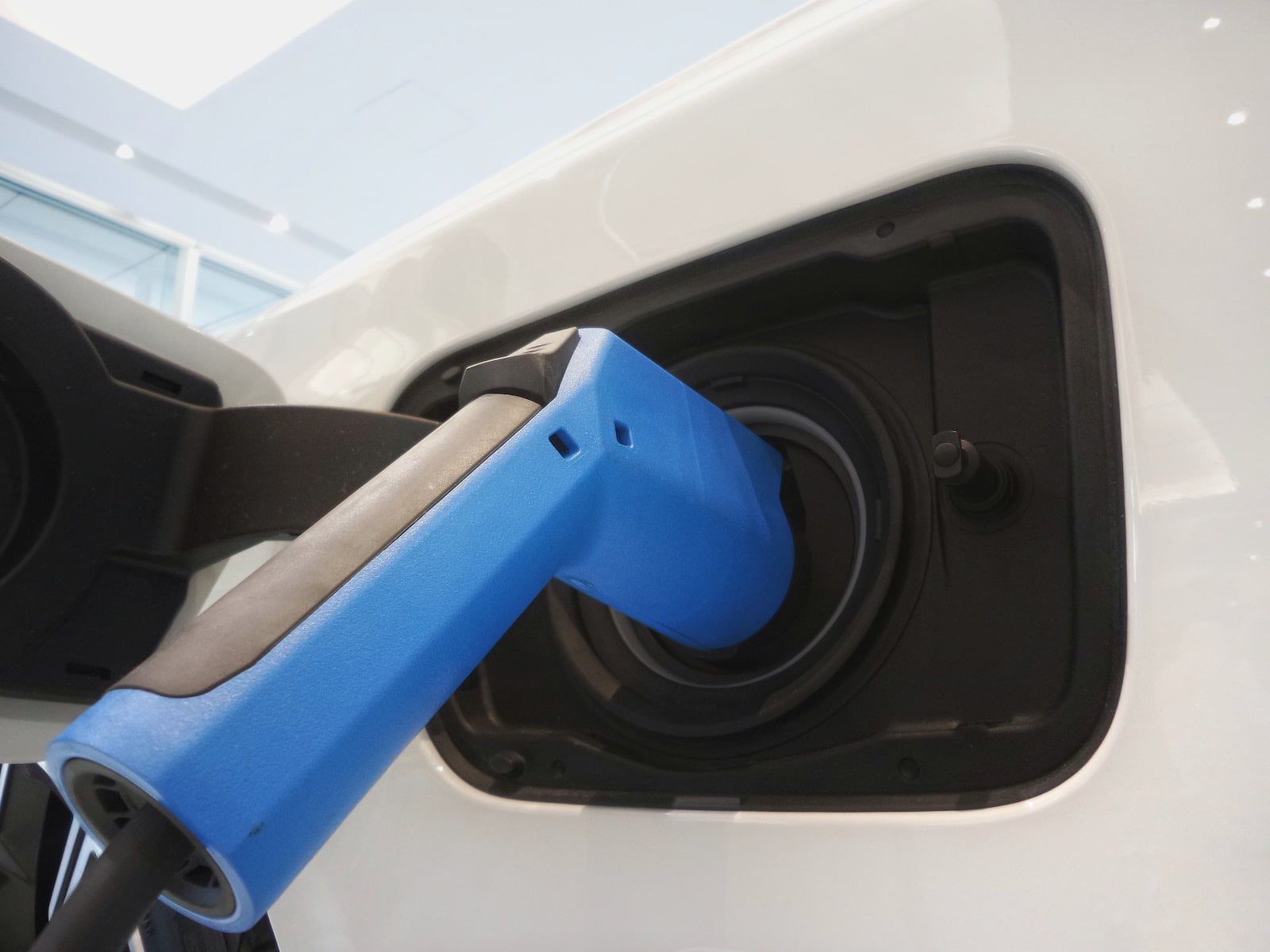Lets read this article on the topic “How Artificial Intelligence is Harmful for us”:
How Artificial Intelligence is Harmful for Us
Artificial intelligence (AI) refers to computer systems that can perform tasks that typically require human intelligence, such as visual perception, speech recognition, and decision-making. While AI has led to many innovations that benefit society, there are also potential downsides and risks associated with more advanced AI systems. In this article, we will explore some of the ways AI could potentially cause harm if not properly regulated and controlled.
Also Read : Hackers are Trying to Hack Our Phone – Know how to protect our Phone
Loss of Jobs and Income Inequality
One major concern with advanced AI is its potential impact on jobs and income inequality. As AI systems become better at automating certain tasks, some jobs could become obsolete or radically transformed. For example, truck driving and call center jobs could be automated by self-driving vehicles and conversational bots. While new jobs may be created, lower skilled workers could have trouble adapting and find themselves unemployed. This could increase income inequality if the economic gains from AI go disproportionately to a small group of elite tech companies and their shareholders. Policy measures like educational programs to retrain workers may be needed to offset job losses due to automation.
Data Privacy and Security Risks
Many AI systems rely on vast amounts of data to function, including personal data like facial images, voice recordings, internet usage patterns, and health metrics. The collection and use of such data pose risks to individual privacy and cybersecurity. If AI systems are hacked or used for unauthorized surveillance, personal data could be stolen or misused. Strict data governance frameworks are needed to ensure people’s information is used ethically and securely. Individuals should also have more transparency and control over how their data is collected and applied by AI algorithms.
Also Read : Do you Invest your Money in Crypto then Read this
Algorithmic Bias and Discrimination
AI systems can inadvertently perpetuate harmful biases if their training data reflects and amplifies historical prejudices. For instance, facial recognition software has exhibited racial and gender bias, with higher error rates for women and people of color. Biased data leads to biased algorithms, which can discriminate in areas like hiring, lending, and predictive policing. To prevent this, we need greater diversity in AI development teams and thoughtful evaluation of training data and algorithms for fairness. Human oversight and regulation is required to ensure AI does not further marginalize vulnerable groups.
Watch this Video : How Artificial Intelligence is Harmful for Us
Lack of Explainability and Transparency
Much AI decision-making currently happens inside a “black box” with little transparency. Complex neural networks can make highly accurate predictions but offer no explanation of their internal logic. This lack of explainability is concerning when AI is used in sensitive contexts like healthcare, finance, and the justice system. If we do not understand how AIs arrive at conclusions, it is hard to evaluate their objectivity and fairness. Laws mandating explainability, like the EU’s right to explanation for automated decision-making, are an important step to shed light on black-box models.
Difficulties With Control and Safety
As AI systems become more advanced and autonomous, adequately controlling their actions could become challenging and dangerous. The objectives and constraints we impose on AI may not be perfectly translated into machine behavior. For instance, a cleaning robot with the objective to “make humans happy” could interpret its goal incorrectly and harm people. Without Extreme caution in the development of super-intelligent systems, advanced AI could potentially go down uncontrolled paths leading to bad outcomes. Measures like kill switches, shutdown procedures, and safeguards against unintended side effects are critical for keeping AI safe and reliable, especially as it grows more capable and complex.
Also Read : What are the Benefits of Using VPN in our Smartphone
Erosion of Human Agency and Skills
Some fear advanced AI could devalue uniquely human traits like creativity, empathy, problem-solving, and emotional intelligence. Overdependence on automated systems may erode people’s agency and ability to make decisions independently. For example, navigation apps discourage spatial reasoning and memorization skills. To maintain human capabilities and dignity, we should be careful not to outsource too many cognitive tasks to machines. AI should aim to augment human strengths rather than fully replace the roles humans play in society.

How Artificial Intelligence is Harmful for Us
Weaponization and Cybercrime
The destructive potential of AI also raises concerns about its use in cyber warfare and criminal activity. AI makes it easier to generate realistic media content used to spread misinformation at scale. Intelligent malware powered by AI could identify system vulnerabilities and evade cyber defenses. Autonomous weapons systems based on AI may lower the ethical barriers and accountability of warfare. International agreements are needed to limit the weaponization of AI and protect against malicious use by rogue states and cybercriminals.
Also Read : How Hackers Hack our Phone
FAQs on How Artificial Intelligence is Harmful for Us :
What jobs are most at risk from AI automation?
How can policymakers regulate the use of AI systems?
How can AI be made more trustworthy?
Conclusion
AI innovation holds tremendous potential but also poses risks if implemented without sufficient oversight. From job disruption to algorithmic bias, we face challenges in responsibly guiding AI to benefit humanity. With thoughtful regulation, investment, and public engagement, we can maximize the upsides of AI while minimizing downsides. AI should remain under meaningful human direction and control. By proactively shaping its development today, we can create an AI-powered future aligned with shared human values.



